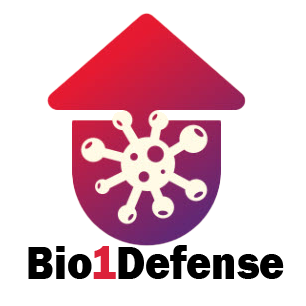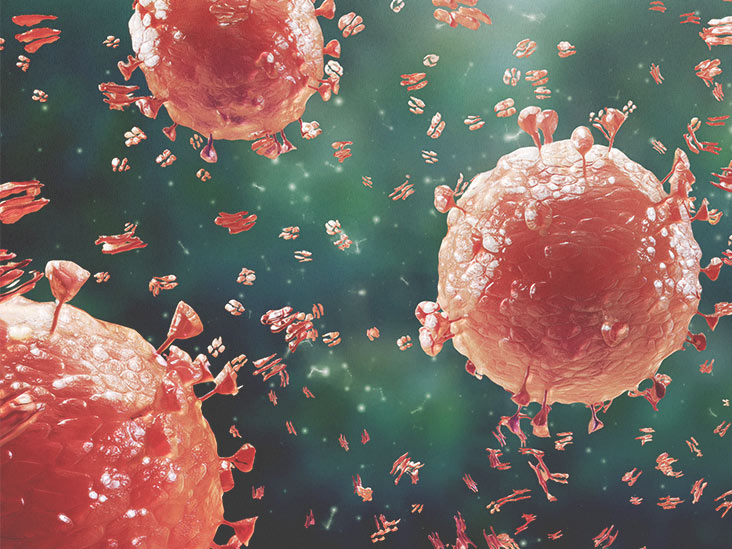Pathogens are any microbes that cause infections in humans and animals, including viruses, bacteria and fungi. Ultraviolet Germicidal Irradiation (UVGI) is commonly used to deactivate (aka inactivate) the DNA and RNA of pathogens, rendering them incapable of facilitating transmission of disease. With sufficient UVGI Dosage, the DNA/RNA deactivation eliminates the ability of the virus, bacteria, or fungi to multiply. The UVGI dosage necessary to completely deactivate various pathogens varies widely. For example, two different viruses may require vastly different dosage levels to complete the DNA and RNA deactivation. The most vulnerable viruses may only require single digit Joules/meter2 dosage levels to be deactivated while other pathogens with more inherent UVGI protection require dosage levels in the high hundreds or thousands to be considered deactivated.
The germicidal efficiency of a UVGI device is also dependent on the wavelength of UV light provided. Much like different pathogens requiring varying dosage levels sufficient for deactivation, the efficiency of the UV deactivation is dictated by the specific wavelength of UV light used in the UVGI device. For example, “the optimal wavelength for inactivating E. coli, about 250nm, is about 15% more effective than the UVC peak of 254nm. The optimum wavelength for inactivating Bacillus subtilis is 270nm (Kowalski, 2009).”
UVGI affects pathogens in different ways and causes deactivation through varying means. Primarily UVGI causes linkage between nucleic acids in DNA/RNA and the resulting structural changes often lead to death for the pathogen. Folks familiar with DNA science might relate to the acronym “ATCG.” This stands for adenine, thymine, cytosine, and guanine. The genetic code of organisms follows varying patterns of ATCG configurations making up their DNA. Applying UVGI to a pathogen impacts the organization of the ATCG configuration, with sufficient dosage leading to deactivation. For example, applying UVGI to a pathogen may create a link between thymine bases, resulting in what is known as a thymine dimer. Larger dosages of UV light are likely to result in more dimers being created, reducing the chances that the pathogen can replicate and transmit disease.
As mentioned, some viruses, bacteria are more susceptible to UVGI than others. Why is that? The answer lies in the UV Photoprotection unique to each pathogen. “Microbes have various mechanisms by which they can protect themselves from UV exposure, including nucleocapsids and cytoplasm which may contain UV absorbing proteins (i.e. dark proteins). The absorption of UV in any surrounding complex of proteins will reduce the density of photons reaching the nucleic acid and thereby provide photoprotection (Kowalski, 2009).”
While photoprotection may shield pathogens from damage, some damaged pathogens may have the ability to repair themselves and recuperate from the UVGI dosage. This ability is known, as photoreactivation and is known to occur is bacteria and spores. “Viruses and certain bacteria seem to have very limited capability to self-repair or photo replicate (Kowalski, 2009).” Enzymes play a key role in the pathogen’s ability to self-repair. As dimers are created during UVGI application, enzymes inherent to the pathogen may serve to break the dimer and restore prior DNA links. Curiously, visible light may serve to activate the enzyme repair in addition to the potential for cell nutrients to provide a similar activation. Incomplete photoreactivation may result in mutations of the original pathogen, an unintended consequence of lower dosage UVGI devices.
Conclusion:
UVGI dosage levels and wavelengths have significant impacts on pathogen deactivation rates. Some viruses, bacteria and fungi are more susceptible to UVGI than others due to the photoprotection of the pathogen. Even if damaged, some pathogens may utilize photoreactivation to self-repair. In certain cases, photo-reactivation may result in pathogen mutation, a dangerous consequence of insufficient UVGI dosage. The CDD optimizes the application of UVGI resulting in extraordinary deactivation rates in each pass through the device. Multiple passes through the device will result in higher deactivation rates.
For more information or custom quotes for an extraordinary disinfection system please contact us

